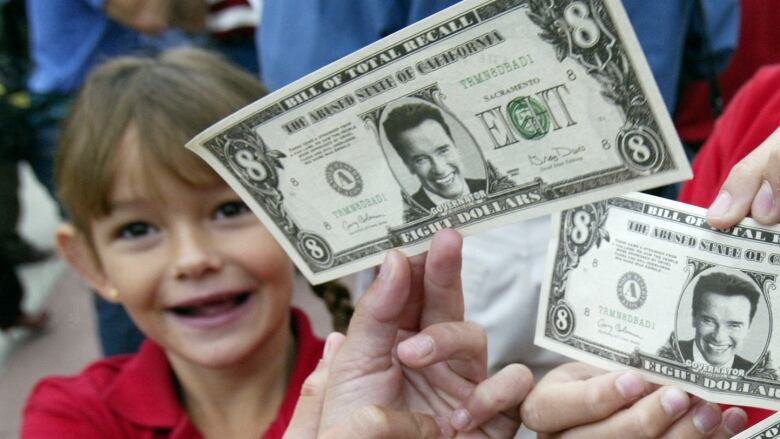Keeping Greece in the eurozone is worth the pain: Don Pittis
The struggle to create a single currency is never easy ask the U.S.

To misquote MaoZedong, creating a single currency is not a tea party. Despite former U.S. central banker Alan Greenspan's disparaging comments about the future of the euro, Americans had far worse problems creating a single currency.
The question facing the Europeans as they hammer out a deal with Greece is whether the long-term advantages ofthe euro outweigh the pain of the current ructions. If the American experience is any guide, itisworth it.
Greenspan hasbeen widely quoted as predicting the collapse of the eurozone, led by the forced exit of Greece. In the interview on the BBC, however, Greenspan did not specifically link the two, as in cause and effect.
But he did say that, in the long term, the European currency union is untenable.
"There is no way I can conceive of the euro continuing unless and until all of the members of the eurozone become politically integrated," Greenspan told the BBC's Mark Mardell.
What Greenspan conveniently seemed to forget is that for Americans (and even Canadians), settling ona single unit of paymentwas a long and painful process. It costs money. And if U.S. history is any guide,it does not depend on perfect political integration.
Remember the Texas redback
In someways, the U.S. states are less integrated than the countries of the European Union. Certainly they were much less so when they were getting their currency together.
Texas, as just one example, only joined the currency union in1850 after the Texas redbackcollapsed. The bankrupt state was bailed out to the tune of $10 million as part of the Compromise of 1850.
The size of that bailout comes into proportion when you know that in 1853 the entireU.S. federal debt was about $50 million.
Then, of course, there was the U.S. Civil War, with its Confederate States of America dollar. Even the Union dollar collapsed. That was when the name "greenback" appeared because the currencywas no longer backed by gold. In 1862, the U.S. dollar fell in value to 38 Canadian cents.
Even after the U.S. Supreme Court declared Washington to be sovereign over the individual states, it wasprivately owned banks that issued currency. Central banking was aninnovation imported from Europe only after the U.S. financial collapse of 1907.
Disparities across Canada
As Mark Carney observed in one of his last speeches as governor of the Bank of Canada, titled Canada Works,many of the disparities between countries in the eurozoneexist in Canada as well. Differences in labour and living costs in different parts of Canada mean the effective exchange rate changes from province to province.
"Although there is one exchange rate for Canada as a whole (we all use Canadian dollars), price differentials across the country yield different real provincial exchange rates," said Carney.
Carney saidthat the same thing is happening within the eurozone and within Canada. In some cases "intra-regional exchange rates" have been more volatile in Canada.
"Since the euro was introduced, Spanish competitivenesshas fallen by about 30 per cent relative to Germany," said Carney."During the same period, the Alberta exchange rate moved even more dramatically, rising 40 per cent relative to Quebec."
In Canada, free movement of labour and transfers of money from richer to poorer provinces helpto smooth the differences. On paper, many of those conditions exist in the EUas well.
But creating a currency union is not done just on paper. And it is not without its costs. Canada paid the debt of Newfoundland to bring it into Confederation, just as the U.S. bailed out Texas. That is how all currency unions are made. As U.S. history shows,currency unions are always political.
In the case of the eurozone, Greenspan saidthat's not good enough.
"Fundamentally, what clearly was the driving force was the fact that they had two world wars on European soil within 20, 25 years," hesaid dismissively.
I don't know about Greenspan, but I'd say avoiding a third world war is worth a bit of trouble getting through the currentrough patch.












_(720p).jpg)


 OFFICIAL HD MUSIC VIDEO.jpg)
.jpg)



























































































